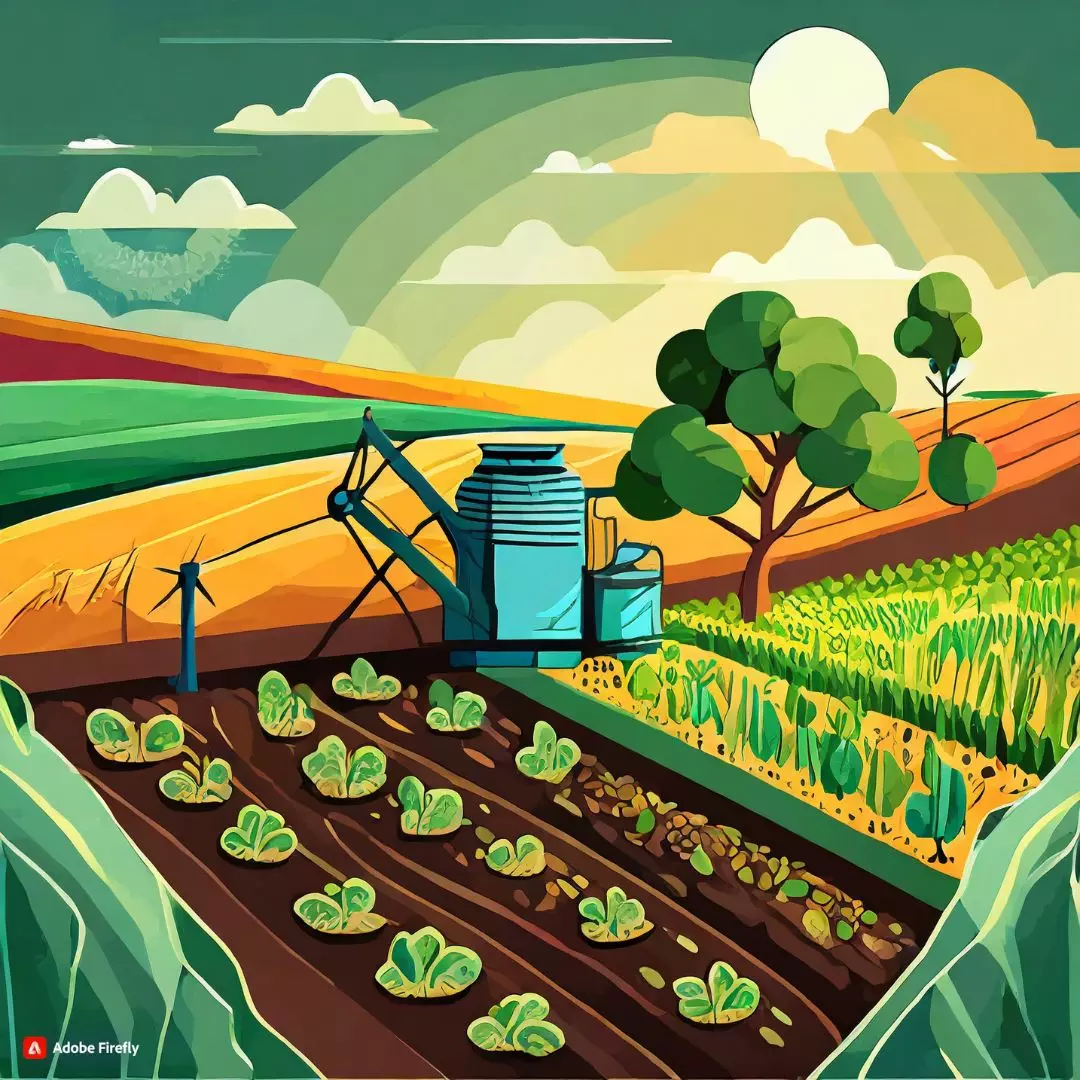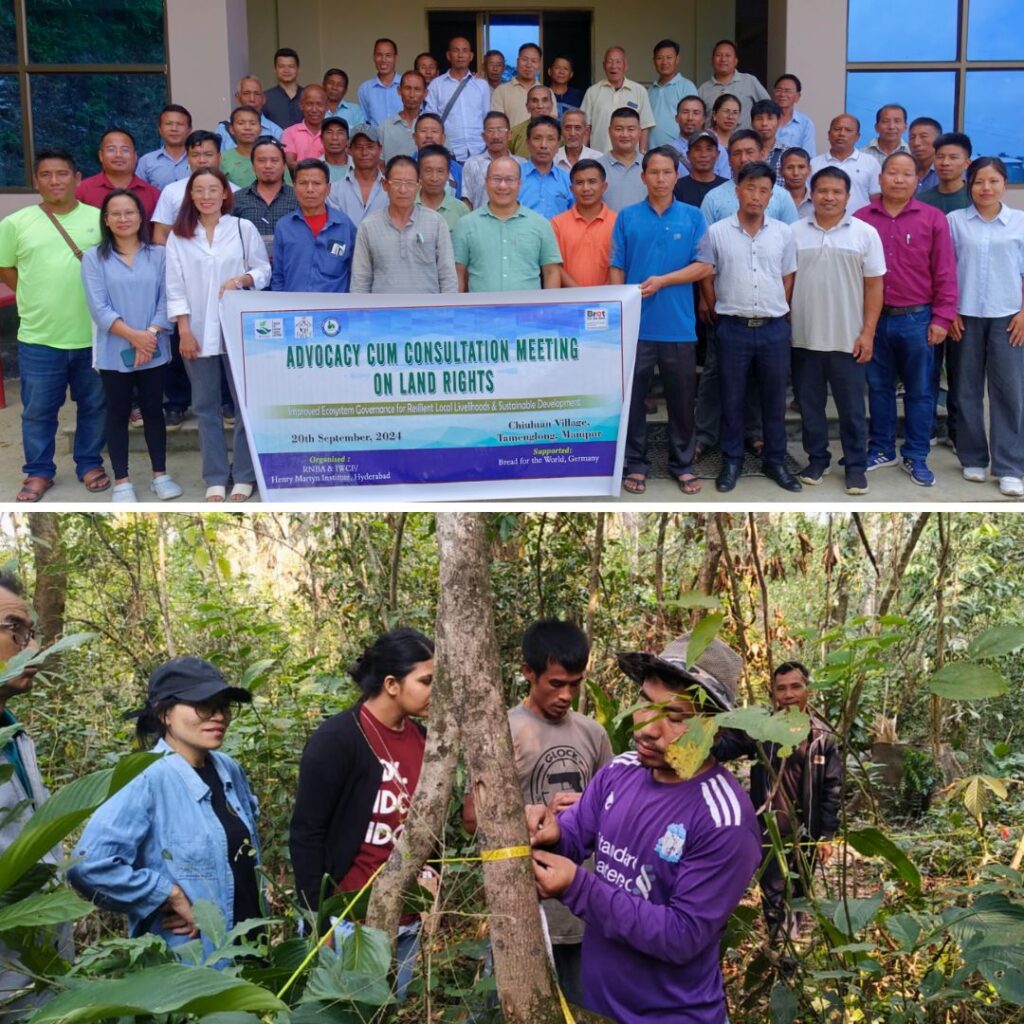In a bid to revolutionize land use practices, agroforestry is emerging as a game-changer by seamlessly integrating trees and shrubs into conventional agricultural and pasture landscapes. This innovative approach combines the best of agriculture and forestry technologies, creating diversified, profitable, and sustainable systems. As the world grapples with environmental concerns and the need for sustainable solutions, agroforestry is gaining recognition for its myriad benefits. Let’s explore how this holistic method is reshaping the future of land management.
Agroforestry, also known as agro-sylviculture, has become a beacon of sustainable land-use practices, fostering diverse and resilient ecosystems. The system involves cultivating combinations of trees or shrubs alongside crops or pasturelands, offering a multitude of benefits that extend beyond conventional farming methods.
One of the primary advantages of agroforestry is its positive impact on farm profitability. By integrating trees into agricultural landscapes, farmers experience increased economic resilience and diversified income sources. The trees themselves yield valuable products such as wood, fruits, and nuts, adding economic value to the farming system.
Beyond economic gains, agroforestry plays a crucial role in environmental conservation. The system helps control soil erosion, creates habitats for wildlife, and manages animal waste, contributing to improved biodiversity and overall ecosystem health. Additionally, agroforestry aids in carbon sequestration, mitigating the effects of climate change.
Agroforestry practices are particularly prevalent in tropical regions, with sub-Saharan Africa embracing this holistic approach to address sustainability challenges. However, its benefits have transcended geographical boundaries, with adoption spreading to the USA and Europe due to its potential in nutrient cycling and drought mitigation.
Adopting Sustainable Practices
Scientifically rooted in ecology, agroforestry aligns with agroecology principles, emphasizing improved nutrient and carbon cycling, water retention, and biodiverse habitats. While agroforestry systems can be complex, involving multi-strata agroforests with numerous species, their benefits are extensive, ranging from improved soil structure to the restoration of soil nitrogen fertility.
Biodiversity flourishes in agroforestry systems, surpassing conventional agricultural setups. The interaction of multiple plant species creates diverse habitats, fostering a wide variety of fauna. Tropical bat and bird diversity in agroforests can rival that of natural forests, demonstrating the positive impact on wildlife.
Soil health and plant growth are enhanced in agroforestry systems, offering protection against soil erosion and improved nutrient uptake. These systems also contribute to bioremediation, drought tolerance, and increased crop stability, further emphasizing their role in sustainable agriculture.
The multifaceted benefits of agroforestry extend to mitigating climate change by sequestering carbon in soil and woody biomass. Trees in agroforestry systems serve as carbon sinks, reducing pressure on primary forests and supporting environmental goals such as odor reduction, noise reduction, and enhanced wildlife habitat.
Agroforestry stands at the forefront of sustainable land-use practices, providing a holistic solution to the challenges faced by modern agriculture. With its roots in traditional practices and now backed by scientific understanding, agroforestry offers a path towards diversified, profitable, and environmentally conscious farming. As global awareness grows, the adoption of agroforestry is poised to increase, promising a more resilient and sustainable future for agricultural landscapes worldwide.
Also Read: Discovering The Splendor Of Khajuraho: A Glimpse Into India’s Architectural Marvel












